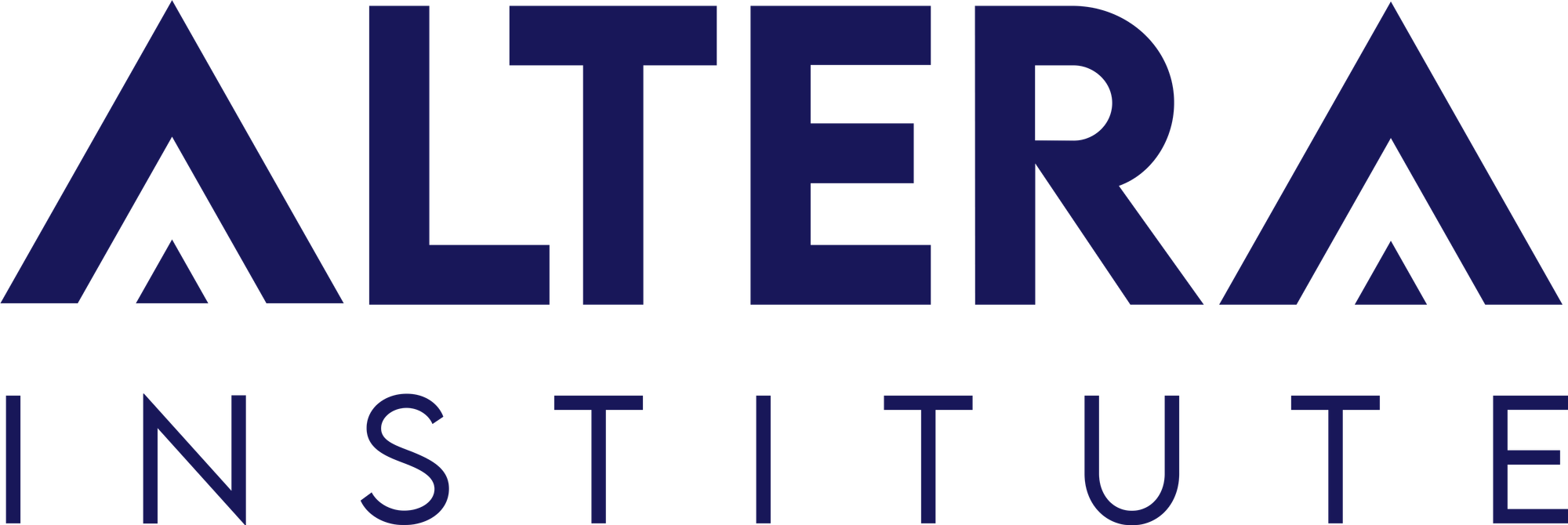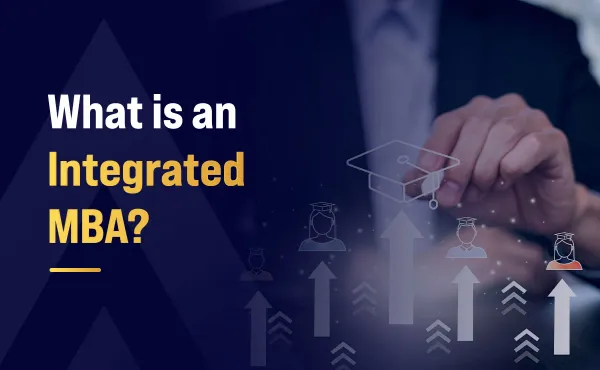What Is Upselling? Tips and Best Practices
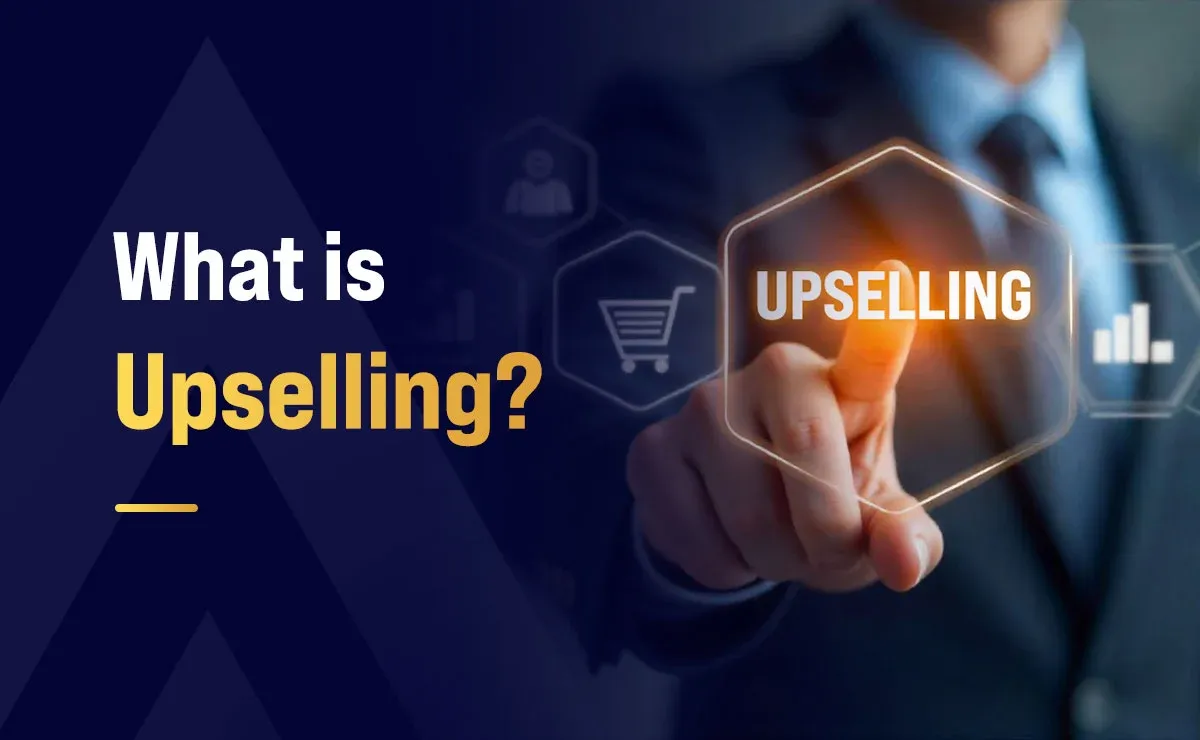
When you hear the term upselling, you might picture a fast-talking salesperson trying to get you to spend more than you planned. But upselling is far more nuanced—and when done right, it can improve the customer experience while increasing your bottom line. It’s not merely a sales strategy—it’s a chance to provide greater worth to the customer.
In this article, we’ll break down what upselling really means, how it differs from cross-selling, explore real-world examples, and what it takes to use this strategy effectively for both you and your customer.
What Is Upselling?
Upselling involves motivating buyers to opt for a premium or upgraded alternative to what they originally intended to buy. It could be an upgraded model, a package with added features, or a more comprehensive service plan.
For example, picture a buyer looking at a basic mobile device. In such a scenario, the salesperson might try to make them interested in a model with better camera quality, longer battery life, and extra storage—all features that genuinely improve the user’s experience.
However, upselling a product is not about pressurizing a customer but rather helping them make a more informed decision. This strategy often works best when:
- The product you are upselling brings clear added value to the customers.
- Customers are already interested in the product Mix.
- The cost difference is justified by added benefits, and not just mere attraction.
Upselling vs. Cross-Selling: What's the Difference?
Though often used interchangeably, upselling and cross-selling are distinct sales techniques, each with its purpose, approach, and impact. Below is a comparison table highlighting how they differ in key areas:
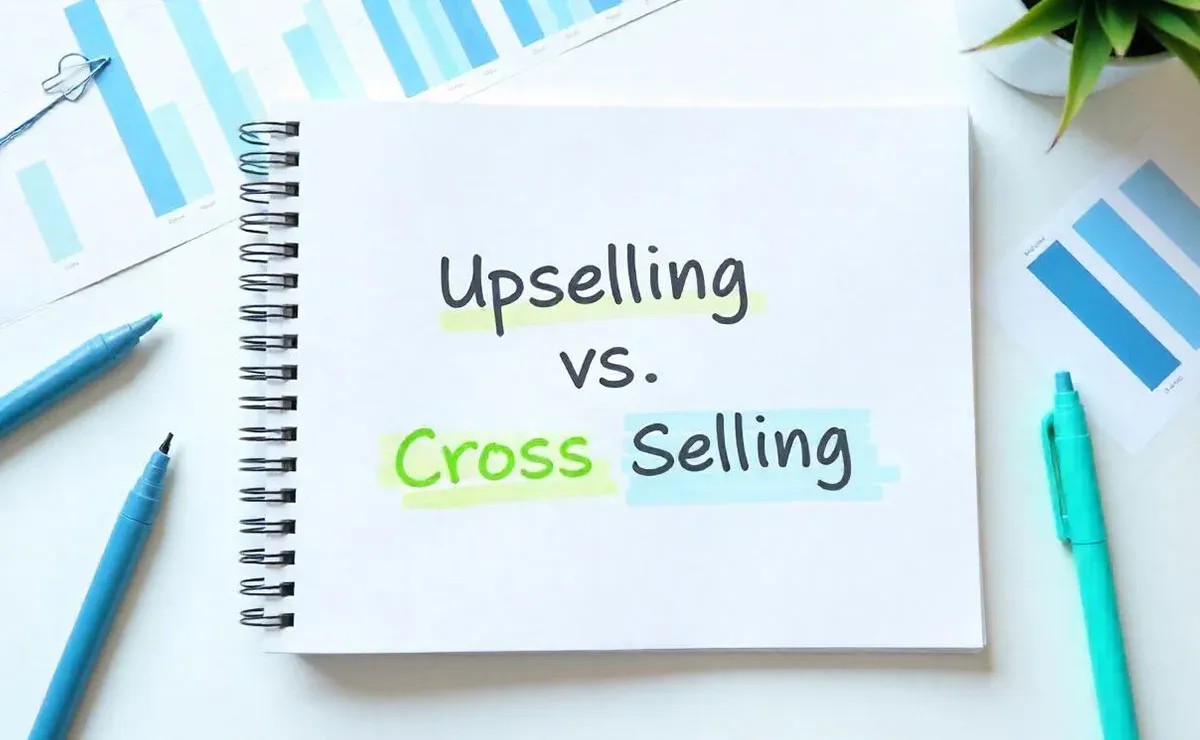
Aspects | Upselling | Cross-selling |
Objective | The main goal of upselling is to boost the value of the sales by guiding the customer toward a higher-end or enhanced product. | Cross-selling expands the sale by recommending add-ons or related products that improve or supplement the initial choice. |
Product Relationship | The products involved are different versions of the same item. The upgraded product usually includes more features, better performance, or added services. | The products are distinct from each other but are related as they work well together and don’t replace each other. |
Sales Complexity | It is typically simpler to execute because you're dealing with one core product and making a straightforward comparison between tiers (e.g., basic vs. premium). | It often requires more insight into the customer's needs and behavior, since it involves offering an additional product that may not have been part of the original consideration. |
Timing of the Pitch | Most effective before or during the purchase decision, especially when the customer is evaluating options. | This can happen at any point—pre-purchase, mid-purchase, or post-purchase. Many brands choose to cross-sell after the initial sale through follow-up emails or targeted promotions. |
Perceived Value | Customers often see value in upselling if the benefits clearly outweigh the cost. The product feels like an improvement, not just a pricier option. | Value depends on the relevance and usefulness of the additional product. If the cross-sell is well-matched, it enhances the overall experience. |
Revenue Impact | Boosts transaction value by increasing the price point of a single item. | Boosts total sales volume by adding more products to the purchase. |
Upselling Examples
Upselling is everywhere once you learn to spot it. Here are a few real-world examples that illustrate how effective and subtle this strategy can be:
- Retail stores: A customer shopping for a basic smart TV is shown a model with better resolution, built-in voice control, and a faster processor for a slightly higher price.
- Beauty salons: A client books a standard facial at a beauty salon, and the stylist recommends a luxury facial with anti-aging ingredients and a longer session.
- Telecommunications: A subscriber to a basic cable package is offered a premium plan with more sports and movie channels for just Rs 200 more per month.
- Restaurants: A server suggests adding grilled shrimp to a pasta dish or upgrading to a large beverage for only a small extra charge.
These examples work because they target an existing need and offer a better version that provides clear, tangible value.
When to Upsell
Effective upselling hinges on perfect timing and relevance; for example, when the buyer is already interested, at ease, and ready to decide. Here are some of the most effective moments to introduce an upsell:
- At the point of sale: Whether online or in person, customers are already primed to make a decision. This is your chance to recommend something better.
- During a product inquiry or consultation: When a customer is exploring their options, you can explain the benefits of going with a more advanced version.
- After solving a problem: If a customer has had an issue or question resolved, their trust in your brand increases significantly, making them more open to a suggestion.
- Before a contract renewal: For subscription-based models, renewal periods are prime time to present customers with upgraded tiers or add-on features.
A well-timed upsell doesn’t feel like a sales push at all; rather, it feels like helping the customer make a smarter choice.
Upselling Best Practices
Upselling can significantly boost your bottom line, but only if it’s done with care. Customers dislike feeling pressured into unnecessary purchases. Instead, they want to feel that they’re being offered a solution that’s truly better for them.
Here are some best practices for successful upselling:
- Know your products and your customers: You can’t effectively upsell if you don’t understand the features and benefits of what you’re selling. Additionally, it is just as important to understand your customer’s needs, goals, and budget to match the right product. Use customer data, past purchases, and conversations to tailor your recommendations.
- Offer relevant upgrades: Upsells should always be directly related to the customer’s interest. A premium version, extra features, or longer service period should all be a natural extension of the original product that the customer was looking for.
- Highlight benefits, not just features: Customers care more about what it will do for them than what it technically includes. Focus on values such as convenience, durability, time-saving features, or better results to be appropriately convincing.
- Keep it simple: Avoid bombarding them with endless upgrade options. Present a single, clear upgrade that’s easy to understand and comparable to their original product.
- Respect the budget: A common rule in upselling is to keep the new offer within 25% of the original price. This helps customers feel like the upsell is a smart decision and not a stretch.
- Build trust first: Upselling works best when the customer already trusts your brand or staff. That’s why it’s so effective with returning customers or after a positive service experience.
By identifying the right opportunities, focusing on relevance, and leading with integrity, any business can master the art of upselling.
Steps Involved in Upselling
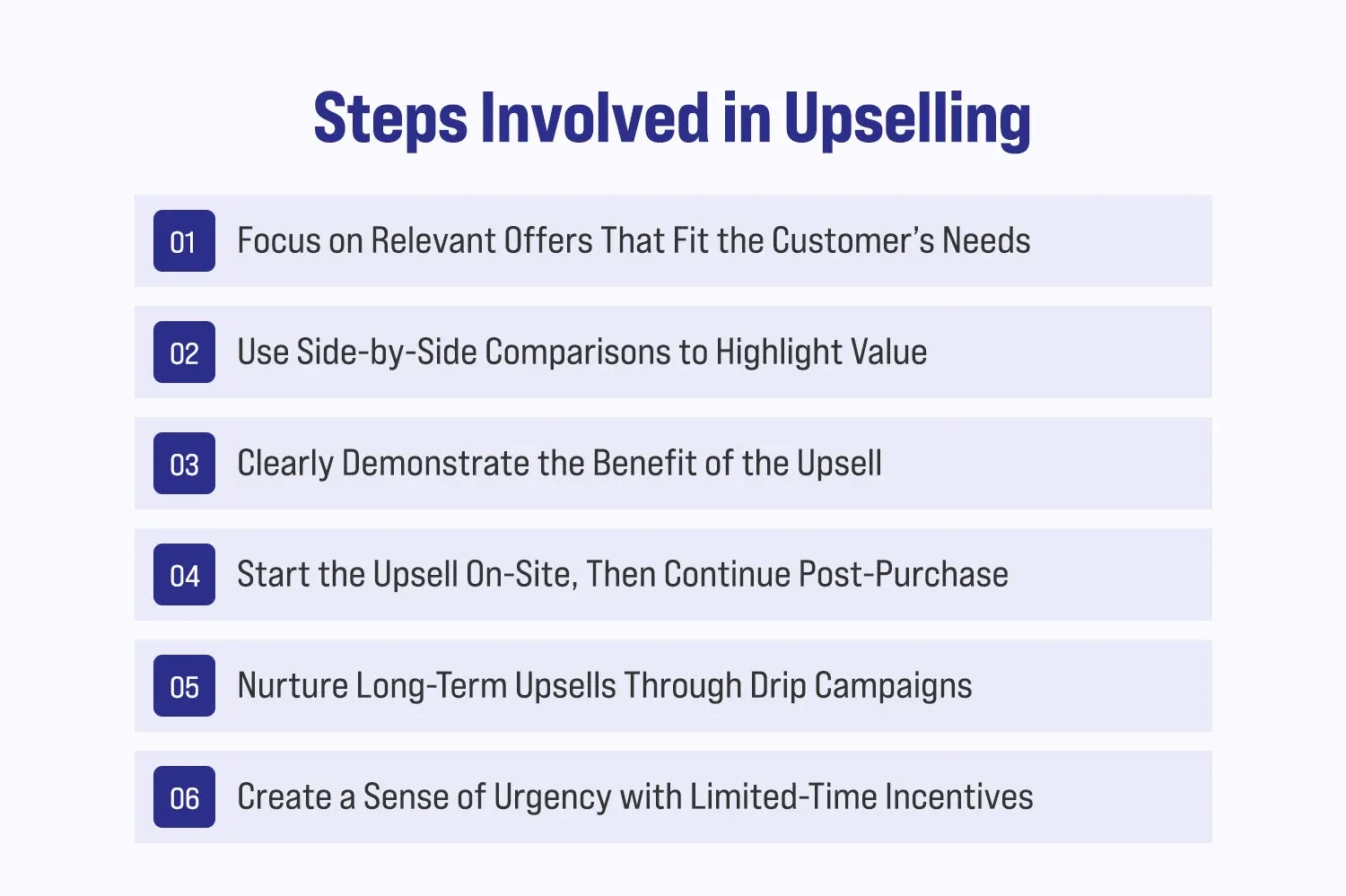
Here’s a breakdown of some of the most essential steps to upselling effectively, while keeping the customer journey at the forefront.
Focus on Relevant Offers That Fit the Customer’s Needs
The foundation of any great upsell is relevance. Rather than offering random upgrades, tailor you upsell suggestions based on what you know about the customer. This could include their browsing behavior, past purchases, location, or lifestyle.
For instance, if your data shows a user belongs to a group of eco-conscious consumers who frequently shop for wellness products, then your upsell should reflect those values, like suggesting a subscription for sustainable vitamins or a premium organic option.
Use Side-by-Side Comparisons to Highlight Value
Visual clarity helps decision-making. By displaying product or service tiers side-by-side, customers can instantly see what they gain by choosing the higher-priced option.
Use comparison charts or tables with vibrant highlights to emphasize the added features, cost savings, or perks. For digital services or SaaS products, this can be particularly beneficial in demonstrating the jump in value from one plan to the next.
Clearly Demonstrate the Benefit of the Upsell
People don’t buy upgrades; they buy what the upgrade does for them. Be explicit about the values that your upselling offering delivers.
For example, if you’re selling vitamins and offer a larger bottle at a better price-per-pill, call out the math: “Save Rs 100 by upgrading to our 400-count bottle.” You can also use behavioral psychology like loss aversion to show what they’d miss out on by not upgrading (e.g., fewer perks, no free shipping, less coverage).
Make it feel like they’re losing something by sticking with the basic option.
Start the Upsell On-Site, Then Continue Post-Purchase
The ideal time to introduce an upsell is when the customer is already engaged like during browsing, checkout, or even on a thank-you page. But if they are not convinced right away, don’t give up.
Follow up with personalized post-purchase emails. Start with helpful info like order confirmation and tracking details, then introduce a few well-matched upgrade suggestions or product recommendations toward the end of the email.
Nurture Long-Term Upsells Through Drip Campaigns
Some customers need more time (and a little persuasion). That’s where automated drip campaigns shine. These are strategically timed emails based on how a customer interacts or doesn’t interact with your site or previous messages.
You might trigger a reminder about a higher-tier service they viewed but didn’t purchase or offer a discount for an upgrade a week after their initial order. Tie your email platform to your CDP to ensure these emails are behavior-based and relevant to each individual.
Create a Sense of Urgency with Limited-Time Incentives
One of the most effective psychological drivers in upselling is urgency. When customers know a deal won’t last, they’re more likely to act quickly.
Incorporate countdown timers, flash sales, or phrases like “Offer expires in 24 hours” to increase conversion. The incentive doesn’t always have to be a discount, but rather about free shipping, extended warranties, or bonus loyalty points that are only available for a short time.
How to Identify Upselling Opportunities
The most successful upselling tactics come from understanding the customer deeply, tracking their journey, and spotting key touchpoints where added value feels natural and not forced. Here’s how to pinpoint those ideal upselling opportunities:
- Engaging with the Customer: Build genuine connections by asking open-ended questions. Understand their goals and past experiences to identify what added value you can offer through relevant product or service upgrades.
- Tracking the Customer’s Journey: Monitor how customers interact with your brand—from ads to purchases. Understanding their path helps pinpoint the best stages to introduce upsell opportunities based on engagement and behavior.
- Identifying Profitable Customers: Use purchase data and behavior insights to focus on high-value customers. These customers tend to embrace upsells more readily and deliver higher long-term value.
- Offering Solutions to Anticipated Problems: Think ahead about what challenges the customer might face. Use active listening and deep product knowledge to recommend helpful upsells that solve real problems they haven’t addressed yet.
- Finding the Right Moment: Timing is crucial. Look for natural openings—renewals, milestones, or after resolving an issue—when the customer is already engaged and more open to considering an upgrade.
- Monitoring Campaign Performance: Analyze past upsell campaigns to see what worked. Analyze this information to fine-tune strategies, spot patterns, and uncover fresh upsell possibilities for later interactions.
FAQs
Q1. What are the four key phases of a successful upsell?
Ans: The 4 stages of upselling are
- Identify the need – Understand what the customer wants.
- Present a better option – Offer a more valuable or premium product.
- Explain the benefit – Highlight how the upgrade adds value.
- Close the upsell – Confirm the choice and ensure satisfaction.
Q2. What is cross-selling vs upselling?
Ans: Upselling nudges a shopper toward a superior product, while cross-selling proposes additional items that pair well with their main selection.
Summing Up
Upselling isn’t solely about profit—it elevates the buyer’s journey by presenting more intelligent, value-packed alternatives. When approached with insight, empathy, and strategy, upselling becomes a tool for building trust and long-term loyalty.
By understanding your customer’s journey, identifying their needs, and presenting relevant, well-timed upgrades, you not only boost your bottom line but also reinforce your brand as helpful and customer focused. With the right practices in place, upselling turns from a sales tactic into a service-driven growth opportunity.
